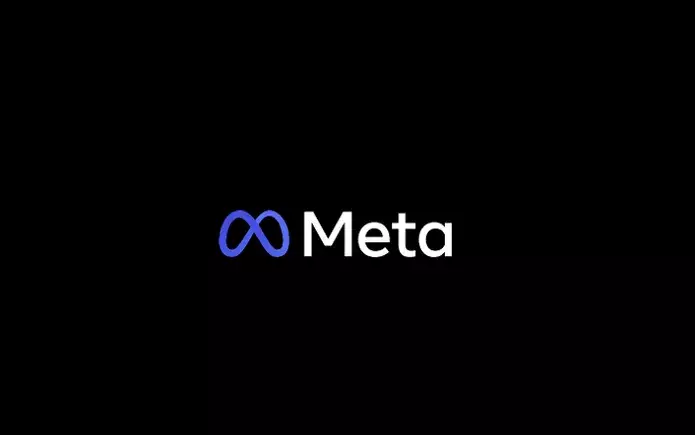Meta recently made the decision to remove detailed targeting exclusions as an option for all new campaigns, which came as a surprise to many advertisers. This move has significant implications for how advertisers can refine their ad audience and has sparked debate within the marketing community.
The Reasoning Behind the Change
The detailed targeting exclusions feature allowed advertisers to exclude people from their ad audience based on demographics, interests, and behaviors. While this may seem like a useful tool for refining audience targeting, Meta found that over time, these exclusions actually limited ad effectiveness. Despite advertisers believing that detailed targeting exclusions would improve performance, Meta’s advanced AI systems are now more adept at displaying the right ads to the right users at the right time. This has ultimately led to the decision to remove detailed targeting exclusions altogether.
According to Meta’s own testing, the median cost per conversion for ad campaigns improved by 22.6% when detailed targeting exclusions were removed from the mix. This indicates that relying on Meta’s AI systems to reach the right people can lead to better overall campaign performance. Advertisers may need to rethink their strategies and trust in Meta’s targeting capabilities to deliver results.
Meta first announced changes to its ad targeting exclusions in January, removing and consolidating some targeting options due to lack of use. In May, an alert was sent out to advertisers explaining that targeting exclusions would be removed by June 28, only to later clarify that this was sent in error. However, detailed targeting exclusions were ultimately removed a month later. This quick change of plans has left advertisers scrambling to adjust their strategies.
While detailed targeting exclusions are no longer available for new campaigns, existing campaigns utilizing audience exclusions will remain unaffected until January 31, 2025. Advertisers can still use alternative exclusion options such as custom audience exclusions and account-level advertising settings to restrict audiences based on brand protection or employment. The removal of audience exclusions within campaign setup may actually be a positive change, based on Meta’s data.
Meta’s decision to remove detailed targeting exclusions aligns with its vision of creating a more automated advertising experience. In the future, advertisers may no longer need to manually set up ad campaigns, as Meta’s AI system will generate optimized ad descriptions, visuals, and variants based on a product URL. While this may seem counterintuitive, Meta’s system is built on extensive ad and audience engagement knowledge, suggesting that it may be more effective in creating engaging ads.
Meta’s removal of detailed targeting exclusions has significant implications for advertisers, requiring them to trust in Meta’s AI systems for reaching the right audience. Despite initial reservations, this change may ultimately lead to better campaign performance and align with Meta’s vision of automated advertising. Advertisers should adapt their strategies accordingly to make the most of this new approach to ad targeting.


Leave a Reply